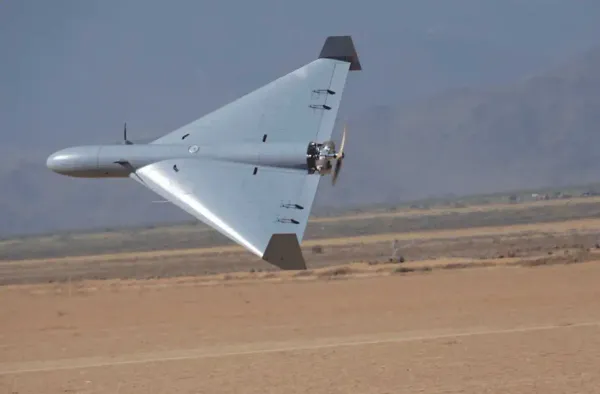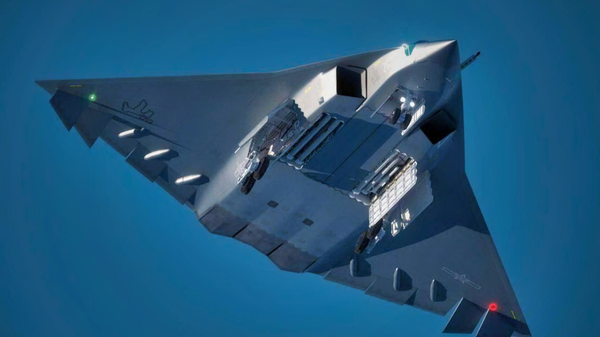In aviation, precision and safety are key. PAPI (Precision Approach Path Indicator) lights are a vital tool for pilots. They guide pilots during landing, making sure they touch down safely.
PAPI lights give pilots visual cues to stay on the right path for landing. They show the aircraft's position and help pilots make the right decisions. This makes flying safer and more reliable, everywhere from big airports to small airfields.
Understanding PAPI Lights in Aviation
In aviation, PAPI lights are key for pilots during landing. Lights along airport runways help pilots stay on the right path. This ensures a safe landing.

What are PAPI Lights?
PAPI lights are a set of four lights, red and white, on the runway's left side. They show pilots how close they are to the right landing angle. This helps pilots adjust their descent.
The Importance of PAPI Lights in Landing
PAPI lights are crucial for safe landings. They give pilots a clear visual guide, even when it's hard to see. By using PAPI lights, pilots can keep the right landing angle. This lowers the risk of accidents and makes landing smoother.
These lights also give pilots the confidence they need for the final approach. They are a key tool for pilots in aviation.
PAPI Lights in Aviation: The Key Components
PAPI lights are key for pilots landing their planes. They are on the left side of the runway and have four lights in a row. These lights help pilots adjust their path to land safely.
The two lights near the runway are red, and the two farthest are white. This helps pilots see if they're on the right path. By watching the PAPI lights, pilots can fix their approach if needed for a safe landing.
Pilots need to know how PAPI lights work. They give pilots feedback to keep their planes on the right path. This helps pilots land safely at the airport.
Interpreting PAPI Light Signals
The papi lights system in aviation uses colors to tell pilots where they are about the glide path during landing. It's key for pilots to understand these navaids well to land safely on the airport runway.

The Different PAPI Light Indications
When all four PAPI lights are white, the pilot is on the right path. If the two red lights near the runway show up, the pilot is too low and needs to go down. If the red lights are far from the runway, the pilot is too high and should slow down.
PAPI Light Interpretation During Approaches
Pilots need to understand the PAPI light signals during the final approach quickly. This helps them make the right moves to stay on the correct glide path. By acting fast on the PAPI light signals, pilots can avoid dangerous situations like undershooting or overshooting the runway.
Conclusion
PAPI lights are key in aviation, guiding pilots during landing. They help pilots stay on the right path for a safe landing. By understanding how to read these lights, pilots can land smoothly.
These lights show how aviation technology keeps getting better. They make flying more precise and efficient. PAPI lights are a must-have for pilots, helping them land safely.
PAPI lights are very important in aviation. They are crucial navaid for the final approach. By knowing how to read PAPI lights, pilots can fly safely and get passengers to their destinations safely.
The Runway is Obsolete: Jekta Swiss is Resurrecting the Flying Boat for the 21st Century » End of an Era: JetBlue's Farewell to the Embraer E190 » Game Day: The Unseen Operation Behind College Sports Travel »
Comments (4)
 Marklev
Who wrote this? Was any research done at all? Incorrect information abounds. Better to delete this article and start over than to repair the disaster above.
Marklev
Who wrote this? Was any research done at all? Incorrect information abounds. Better to delete this article and start over than to repair the disaster above.
 found incorrect informations ! as Marklev noted, please better research before writing bullshit !
regards Gerd
found incorrect informations ! as Marklev noted, please better research before writing bullshit !
regards Gerd
 PK
This article is completely factually incorrect. Absolute tripe. Please delete and have another person rewrite.. the person who wrote this AND the person who fact-checked/proof read the article need a new hobby.
PK
This article is completely factually incorrect. Absolute tripe. Please delete and have another person rewrite.. the person who wrote this AND the person who fact-checked/proof read the article need a new hobby.
 Evolution.Org.ua
Hi there mates, fastidious article and fastidious arguments commented at this place, I am in fact enjoying by these. https://Evolution.Org.ua/
Evolution.Org.ua
Hi there mates, fastidious article and fastidious arguments commented at this place, I am in fact enjoying by these. https://Evolution.Org.ua/
Add Your Comment
SHARE
TAGS
NEWS RunwayAirportAirplaneApproachLandigSafetyFlightsafetyAircraftNight flyingRECENTLY PUBLISHED
 US Air Force to Launch New Experimental One-Way Attack Drone Unit
In a move that signals a tectonic shift in American airpower, the U.S. Air Force is preparing to stand up its first-ever experimental unit dedicated solely to "One-Way Attack" (OWA) drones.
NEWS
READ MORE »
US Air Force to Launch New Experimental One-Way Attack Drone Unit
In a move that signals a tectonic shift in American airpower, the U.S. Air Force is preparing to stand up its first-ever experimental unit dedicated solely to "One-Way Attack" (OWA) drones.
NEWS
READ MORE »
 Pentagon Alarm: China’s ‘Tailless’ 6th-Gen Fighter Prototypes Are Already Airborne
The Pentagon’s annual 2025 China Military Power Report (CMPR), released this week, has sent a clear signal to Capitol Hill: the race for air dominance is no longer a one-horse race. For the first time, the U.S. Department of Defence has formally acknowledged the rapid progress of China’s sixth-generation fighter programs, highlighting the successful flight testing of multiple "novel tailless" stealth prototypes.
NEWS
READ MORE »
Pentagon Alarm: China’s ‘Tailless’ 6th-Gen Fighter Prototypes Are Already Airborne
The Pentagon’s annual 2025 China Military Power Report (CMPR), released this week, has sent a clear signal to Capitol Hill: the race for air dominance is no longer a one-horse race. For the first time, the U.S. Department of Defence has formally acknowledged the rapid progress of China’s sixth-generation fighter programs, highlighting the successful flight testing of multiple "novel tailless" stealth prototypes.
NEWS
READ MORE »
 No "Mate's Rates" in the Sky as Qantas Bans All Staff (Including CEO) From New A350 First Class
In a move that signals just how "ultra" Qantas intends its new ultra-long-haul product to be, the Flying Kangaroo has made a rare and dramatic policy shift: barring all staff from its upcoming Airbus A350 First Class cabins.
NEWS
READ MORE »
No "Mate's Rates" in the Sky as Qantas Bans All Staff (Including CEO) From New A350 First Class
In a move that signals just how "ultra" Qantas intends its new ultra-long-haul product to be, the Flying Kangaroo has made a rare and dramatic policy shift: barring all staff from its upcoming Airbus A350 First Class cabins.
NEWS
READ MORE »



